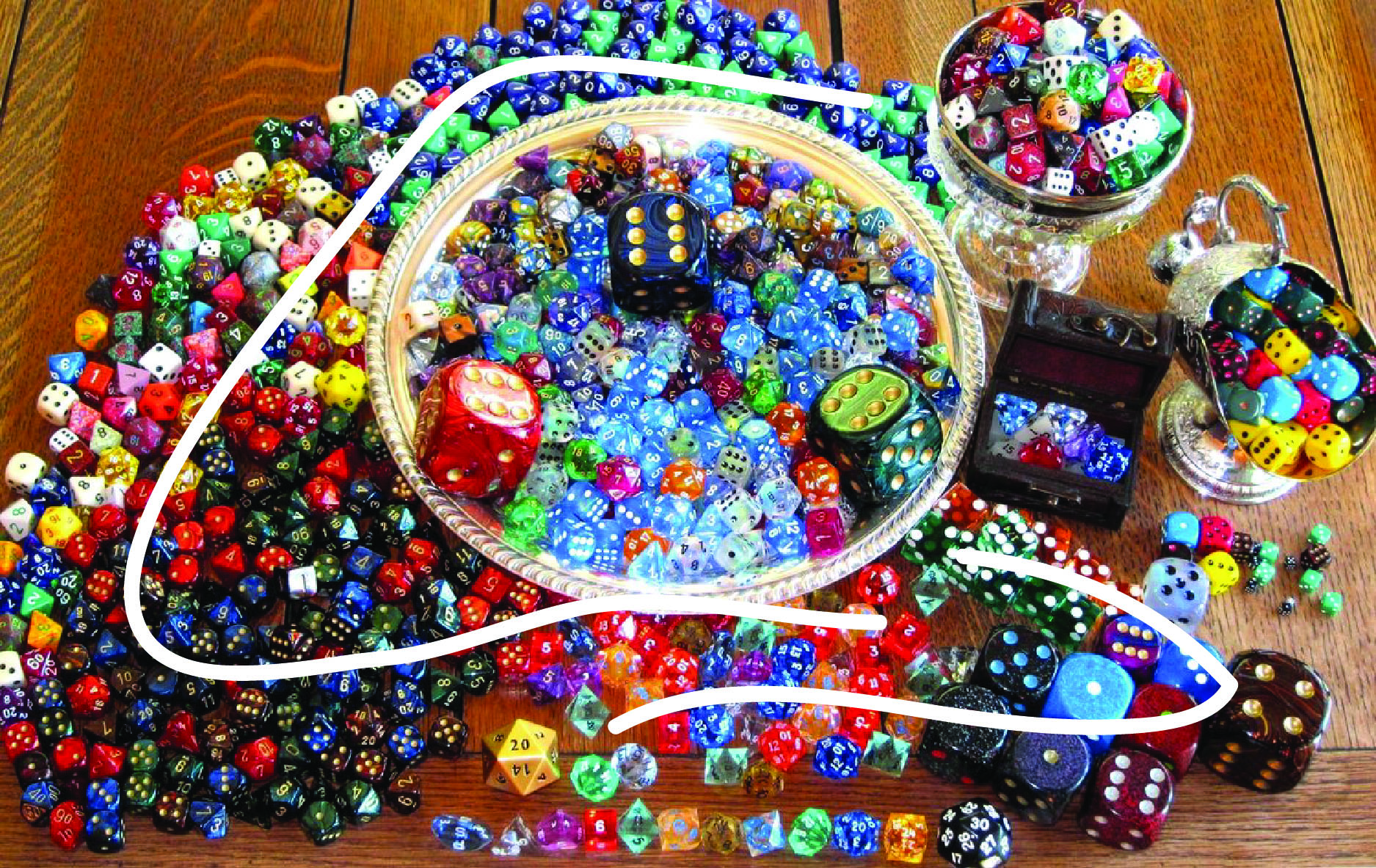
The statistical structure of hippocampal representations
Description
The hippocampus plays a central role in the brain's representation of the external environment and, in humans, the encoding of long‐term, consciously recallable memories of daily experience. In the rodent, the phenomenon of place cells and their associated receptive fields (place fields) is the most prominent feature of the hippocampal representation of space. Our previous work involving intracellular recordings of rodent hippocampal neurons in freely moving animals indicated that these cells differed from each other in their excitability, and that these differences were reflected in the level of place field activity expressed. Subsequent extracellular recordings from populations of hippocampal neurons in rodents exploring large environments allowed us to statistically characterize these differences across cells and develop a simple generative model of hippocampal representations of space. Most recently, we have performed 2‐photon calcium imaging of large populations of hippocampal neurons in mice exploring virtual spatial environments. This has allowed us to describe the statistics of place field representations across multiple environments, over long periods of time, and as a function of salient stimuli such as reward, which we have been able to capture with a surprisingly simple generative model. The implications of our findings for the mechanisms of memory formation and spatial navigation will be discussed. I will also describe a new direction of research in the lab regarding the role of frontal cortex and other areas in goal-directed spatial and non-spatial tasks that require flexible decision-making. In this work, we are employing large-scale recordings from multiple areas in freely moving and head-fixed animals in order to understand the brain-wide activity underlying complex behaviors.

